With Christmas looming and its spirit somewhat dampened by the circumstances, it's important to celebrate the small things that are synonymous with the time of year. At Gusto Towers, it's nothing short of a tragedy to imagine an English Christmas without Port. In fact, doesn't Mel Gibson's Braveheart speech roughly translate from Scottish into English as "They may take our lives, but they may never take our fortified wine!"? It's something like that anyway...
Port is the perfect Christmas tipple, no doubt. Whether toasting the queen (classically, from a seated position - as is the tradition in the Navy) or for soaking the gullet between mouthfuls of Stilton, it's a sweet winter warmer and is quintessentially British. In fact, when the style was first imported to our island in the 17th century, us Brits enjoyed the sweet, oaky, fortified nature of the wine so much that we lent more than a hand in perfecting the production process. Could you guess that by the name of some of the most famous Port Houses? Croft, Taylor, Graham, etc... In 1703, the Methuen Treaty reduced taxation on Portuguese wines, making Port an even more popular UK import.

But it isn't just the production process that was influenced by the British. Not only did we say how to make it, we figured out how to drink it; with a great deal of pretension, naturally.
Generally, it's a good idea to decant.
If you have ever been privy to a good bottle of Port, vintage or otherwise, it will likely have been decanted. This is a lovely thing to do for a couple of reasons. Very importantly, decanting (either skilfully or through muslin cloth - either are perfectly acceptable methods) separates the naturally formed sediment from the liquid so that it doesn't end up in your glass. Secondly, a bit of time in the decanter will let the wine breathe. A subtle bit of oxygen can often improve a wine by helping the aromas jump out of the glass and soften the harshness of the tannins and alcohol.
There are rules about pouring a glass (yes, really)...
One must not simply grab the decanter from the table and pour oneself a glass.
Tradition dictates that the Port decanter should be placed on the table to the right of the host or hostess. It is then passed around the table to the left, moving clockwise until it comes to rest at its starting point.
Port is only ever passed to the left. There are a couple of theories as to why:
- Historically, to keep one’s sword arm free (this is clearly our favourite theory)
- In the Royal Navy, the rule was ‘port to port’, i.e. ‘all the way around’
Naturally, as the decanter circles the table, it will be delayed should one of the diners be engrossed in conversation or otherwise not paying close enough attention. Etiquette prevents one from simply reaching across the table and continuing to pass the Port along. Instead, it is polite to ask the delayed diner, "Do you know the Bishop of Norwich?".
Only those with the highest standard of etiquette would know that this is a polite plea for the decanter to hurry around the table. In the instance that the delayed party does not know The Bishop, it is most polite to say “Awfully nice fellow but never passes the port". A sure, subtle way to reinstate the circulation of the Port.
Where on earth did this tradition come from? Norwich - you might assume...
The story goes that Bishop Henry Bathurst of Norwich, aged 93, had a tendency to unwittingly halt the movement of the decanter by falling asleep at the table. Inadvertently becoming the go-to reference for sluggish port rounds for years to come and adding another layer to the many traditions that surround this glorious, traditional fortified wine.

The more you know, the more you grow.
Fancy role-playing the infamous Bishop of Norwich with Grandad this Christmas (assuming he is part of your Christmas bubble, of course...)?
click here to shop our selection of port
In addition, we have a few bottles of Sandeman's Ruby Port available only in store at The One Bull in Bury St Edmunds for a soft, juicy, fruity style thats easy on the purse strings...
Our favourite of the moment is Sandeman's 1999 Vau Vinatge Port. Created as an early drinking Vintage Port with more complexity than an LBV but more fruit and softer structure than a classic vintage, Sandeman Vau Vintage is a standalone style in the Port world. Vibrant berry fruit, cassis and spices supported by good structure.




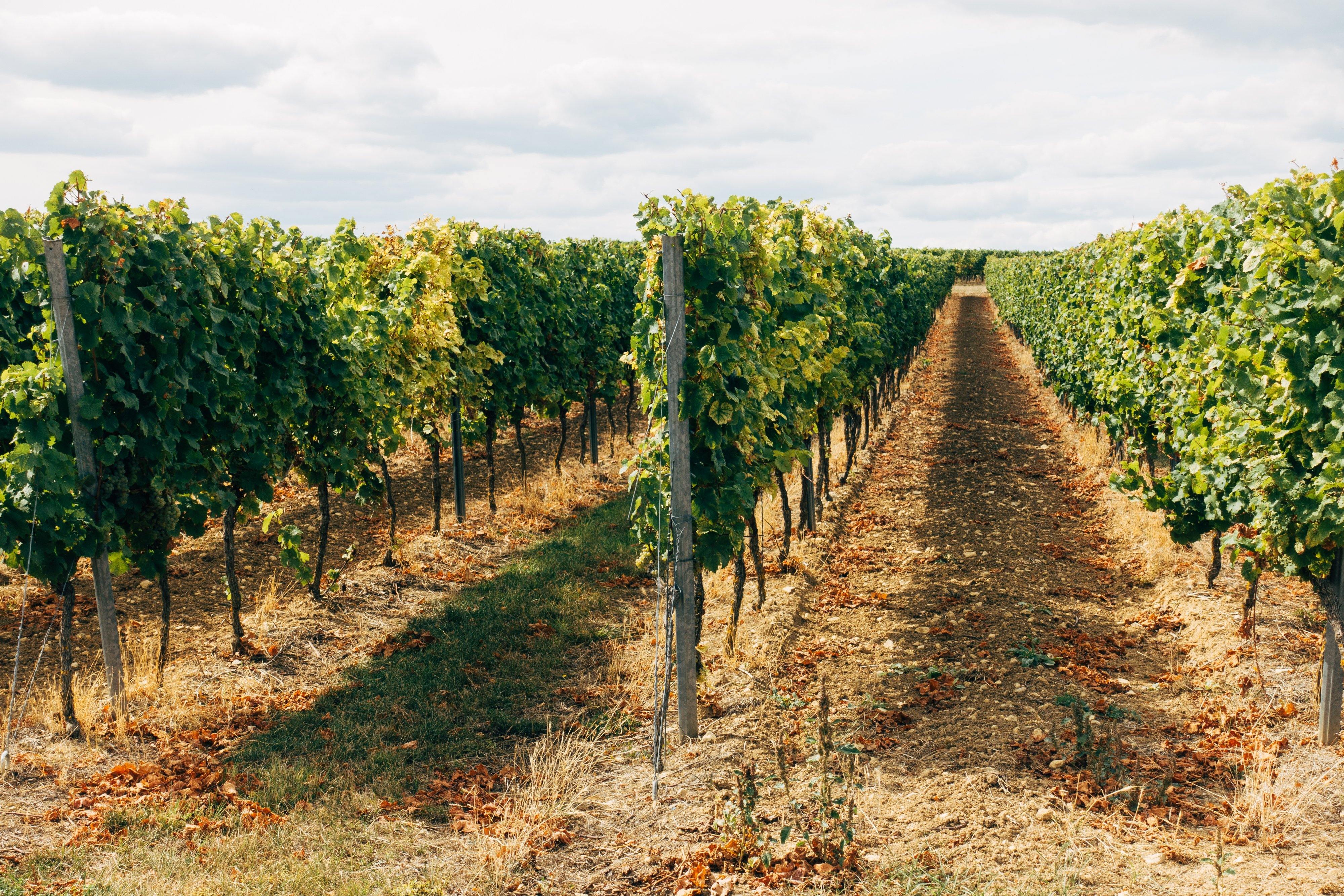


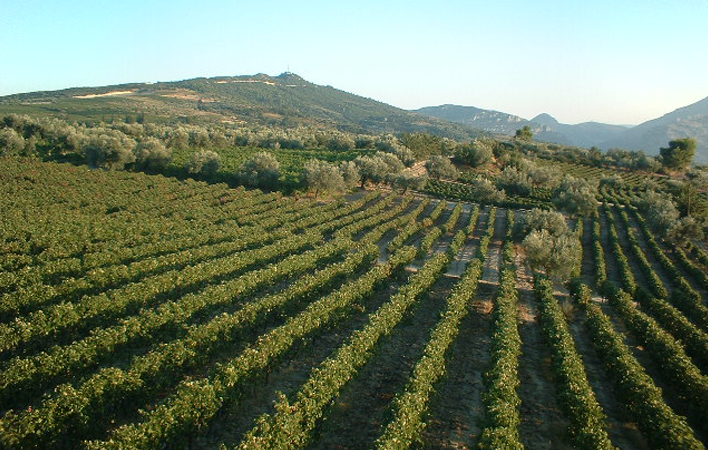



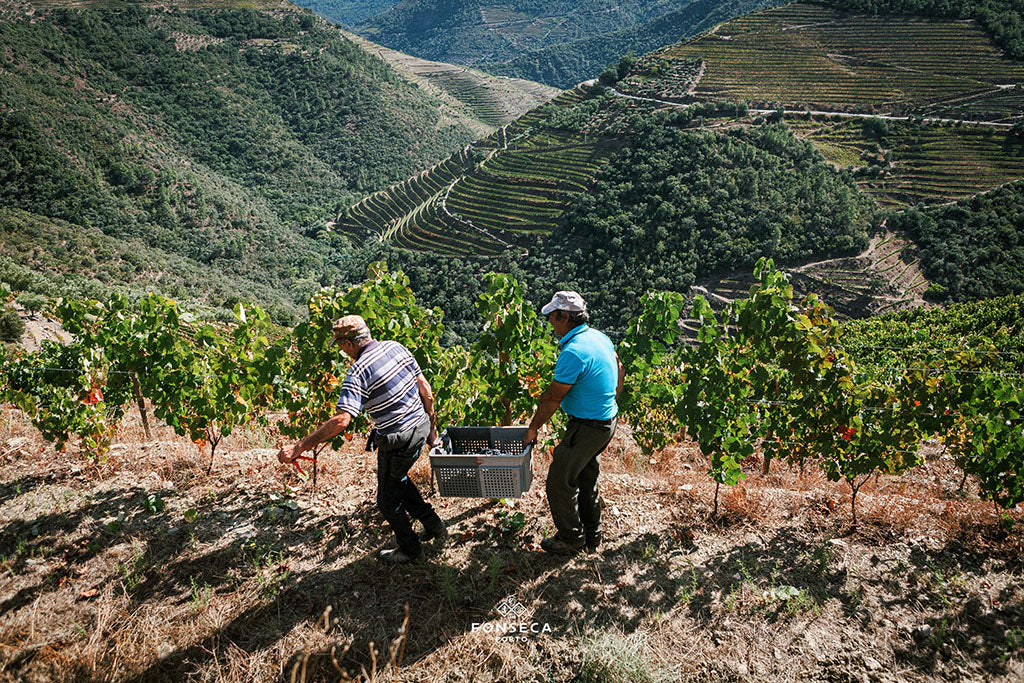




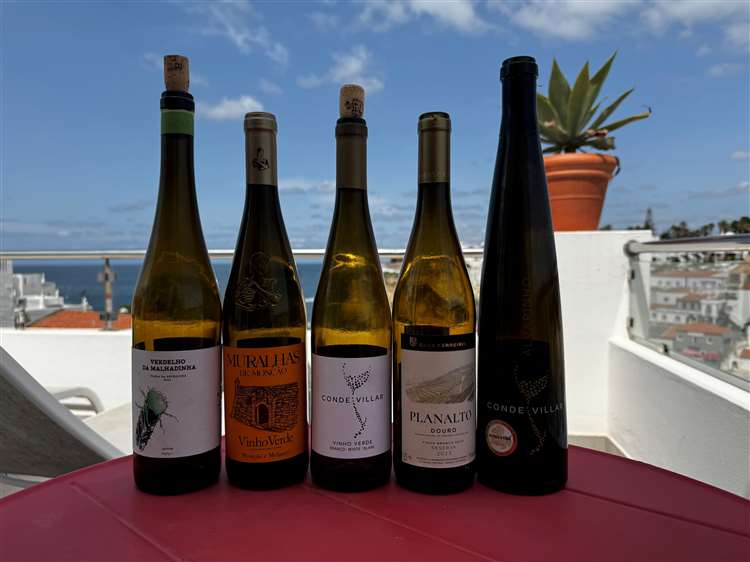
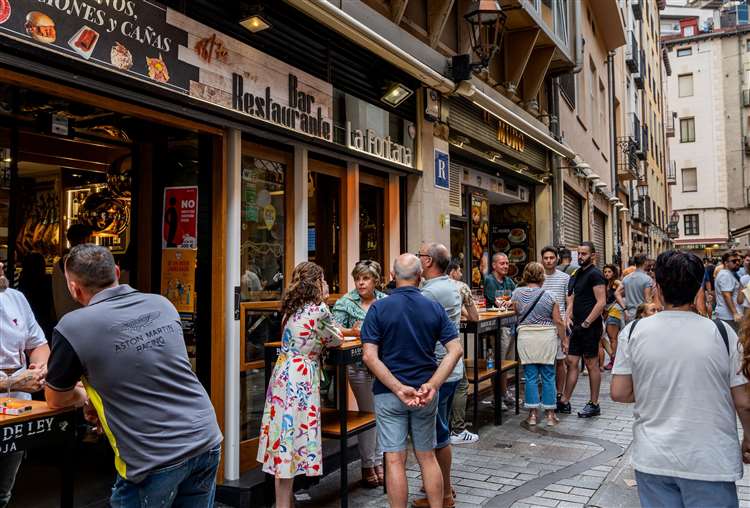

Leave a comment